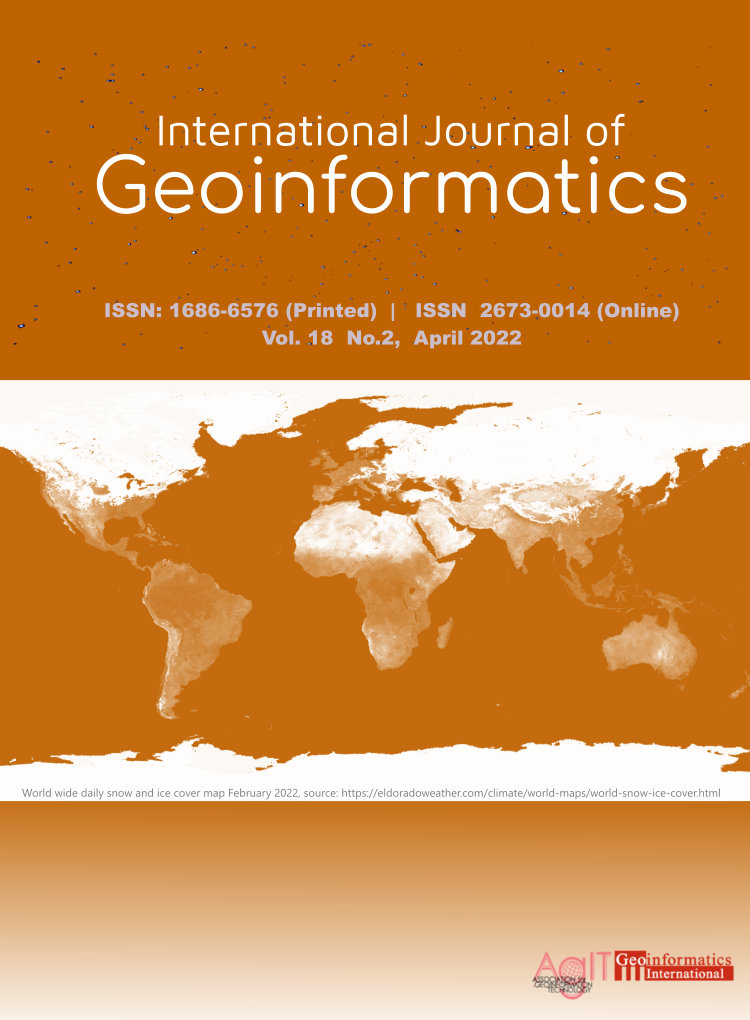Developing New Methods for Radiometric Enhancement Using High Resolution Satellite Imagery
Main Article Content
Abstract
Environmental remote sensing applications depend on multitemporal data acquired from satellite imagery; however, the grey value change, associated with a corresponding feature, caused by non-surface components, such as atmospheric, brightness, and/or sensor geometry conditions, is a big challenge. Therefore, radiometric normalization is essential to minimize the grey value discrepancies in order to compare satellite images using the same colour component, and consequently to manipulate them for numerous environmental applications. By doing this, we guarantee that the grey value differences among temporal images can reflect real changes on the Earth’s surface instead of representing false changes. In this research paper, relative radiometric normalization methods such as, histogram matching, simple regression, pseudo invariant features, dark and bright set, and no-change set, have been analyzed and tested using QuickBird images. Furthermore, pseudo invariant features and dark and bright set methods have been redeveloped in terms of refining the criterion of nominating the normalization targets as well as the normalization coefficients. The modified pseudo invariant features and dark and bright set methods revealed the highest accuracy, (i.e., the highest radiometric similarities among the normalized and reference images), using both visual inspection and statistical analysis.
Article Details
Reusers are allowed to copy, distribute, and display or perform the material in public. Adaptations may be made and distributed.

